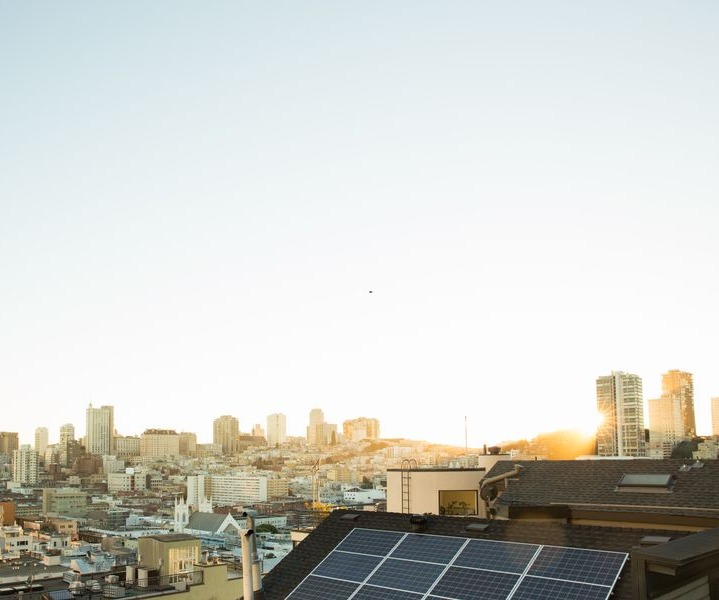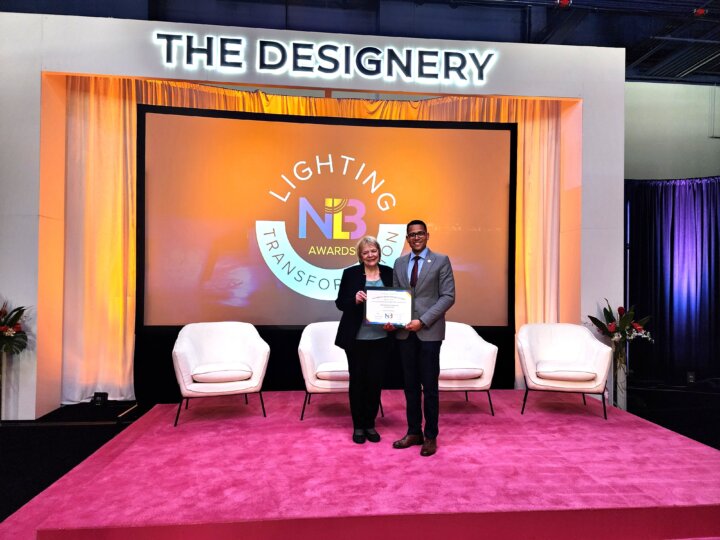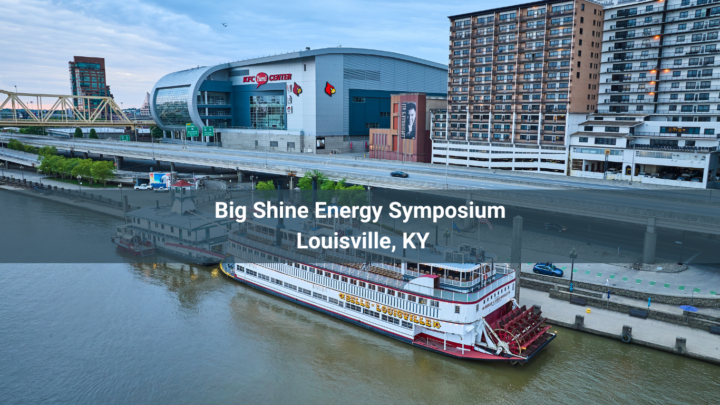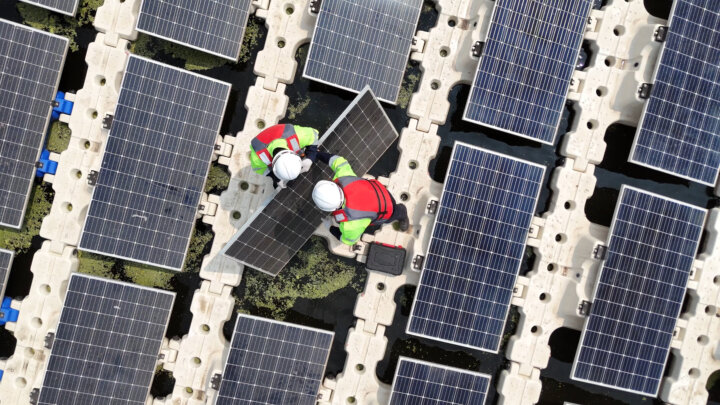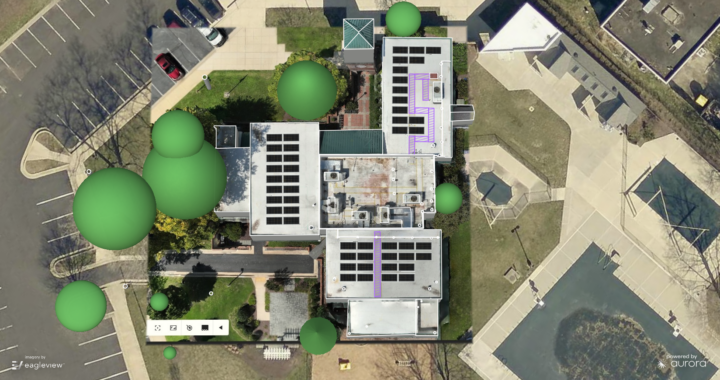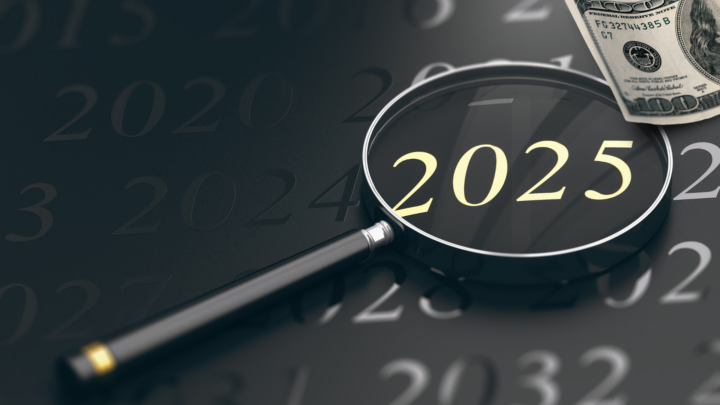We hear a lot of hype today about Solar Energy. No doubt, it sounds attractive to get power from the sun – an energy source that almost every business and many homeowners can take advantage of, and it doesn’t require any fuel. However, the question we come to ask ourselves is: should we invest in this? How does this match up with our goals? And how can we measure the results? To put it bluntly, does Solar Energy really pay for itself?
In order to assess the value of an investment, it’s good to first review and confirm our goals, whether it’s as a business or as a homeowner. Financial goals come to mind first, because we want any investment we consider to make sense from a financial viewpoint. For the commercial world, cash flow and return on investment come to mind right away. If we’re a homeowner, we may think in terms of payback – how long before the investment breaks even – or how long before the loan is paid off. This is a significant milestone we often focus on because the typical Solar PV system will continue producing power for many, many years past the point that it’s paid off. Other than the annual expense for maintenance, which is mostly cleaning the modules and checking that the inverter is continuing to function as designed, the power you get from your PV system is free after this point.
What is the reality?
The classic financial metrics are still valid, however there is added good news today in the form of investment tax credits, accelerated depreciation, Renewal Energy Credits and the like. There must be a reason why all of these incentives are being offered in the form of state and federal tax benefits and incentives for producing electricity from renewable sources. The answer lies in the goal that we all share, which is to feel confident that we will be creating a better future for our children. We’ve heard that Solar Energy will reduce our carbon footprint, meaning that investing in solar is a positive step to fight climate change and replace anxiety with a path to lasting prosperity. What is the reality? Does Solar Energy really pay for itself?
A recent article in the online journal, Futurity.org (1), summarized findings from a technical publication, “The energetic implications of introducing lithium-ion batteries into distributed photovoltaic systems” by Simon Davidson Kurland and Sally M. Benson (2). This study was specifically concerned with the payback in terms of energy, using the metric energy return on investment, or EROI. In the back of our minds, we’ve probably wondered about this question. After all, it takes energy to form all of the materials in the PV modules (aka ‘panels’), racking, wiring, and inverters, and even at the end of life, 25 or more years in the future, it will again take energy to dismantle and recycle all of this stuff. Given all that, is there really a positive EROI for Solar PV?
Is there a positive EROI for Solar PV?
Kurland and Benson quantified the EROI for several different configurations of PV systems: connected to directly supply the owner’s electrical loads with any excess PV power being exported back to the grid, the same system but blocked from exporting excess power to the grid, and two options for adding battery energy storage. They also looked at five diverse climate regions in the US. Looking at the worst–case climate region, Alaska, guess what the EROI was for the basic system with export to the grid? The answer is: 14. Over its lifetime, the entire PV system would produce 14 times as much energy as it took to produce, install, dismantle and recycle it. In Arizona, the EROI was 27! It’s interesting to note that adding battery storage did diminish the EROI by about 20%, because of the added energy to produce the batteries and the losses in charging and discharging. If the battery capacity was doubled, the EROI was further reduced. Adding a ‘standard’ sized battery to the system still yielded an EROI of about 11 (Alaska) to 22 (Arizona).
How do we put a value on resiliency, safety, and security?
As we consider the fit between Solar Energy and our goals, we should add to our thinking the events of the past month. Accuweather.com has estimated that the economic losses from the Texas deep-freeze and resulting blackout now total a staggering $155 billion (3). This disaster also cost many lives and brought great suffering to millions. It’s true that adding battery energy storage requires an additional investment, but how do we put a value on resiliency for our business, at least the critical operations, or safety and security for our families in our homes? We all hope that nothing like this will happen again. We will still be making a big positive contribution to sustainability – Solar PV plus BESS (Battery Energy Storage Systems) can reduce utility demand charges because operation of inefficient ‘peaker’ power plants is reduced, transmission and distribution strains are eased, grid resiliency is improved and we gain back-up capability to help us through whatever the future will bring.
We, Big Shine Energy, are here for you to answer your questions, prepare preliminary designs and systems for you to evaluate, carefully detail all of the tax and financial incentives available to you, and help you gain confidence and understanding about this exciting set of solutions. If you don’t have the right site conditions for solar, we can also help you select, install and commission a back-up generator, and we offer the same full turn-key solutions in energy-saving LED lighting and HVAC. Call us today!
(1) https://www.futurity.org/home-battery-electricity-solar-panels-2036942-2/
(3) Historic winter storm in Texas causes major economic loss (msn.com)
(4) https://www.bigshineenergy.com/climate-change-could-cost-us-our-jobs-and-more/
